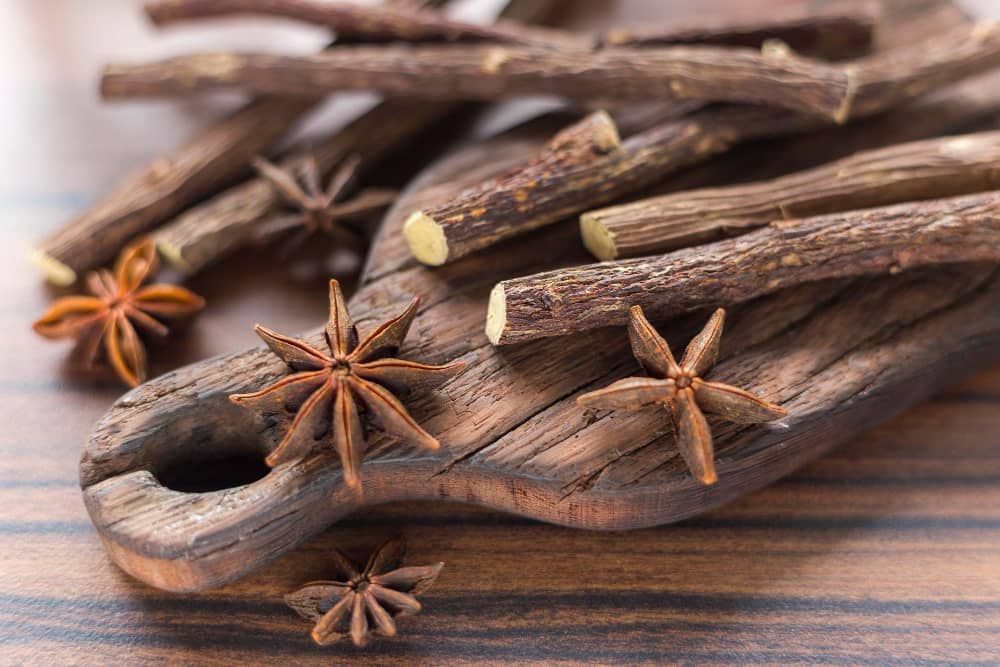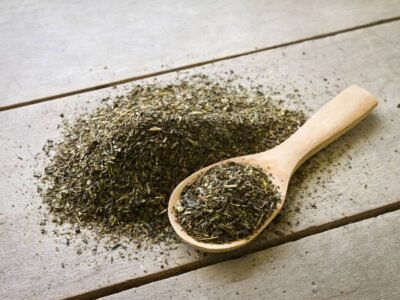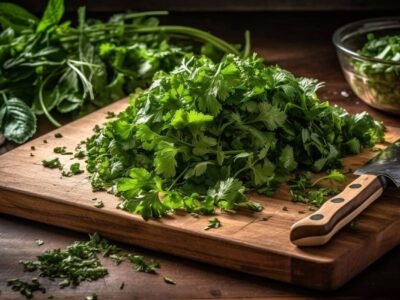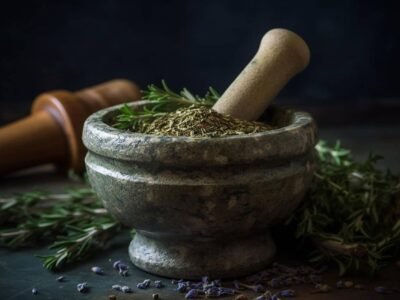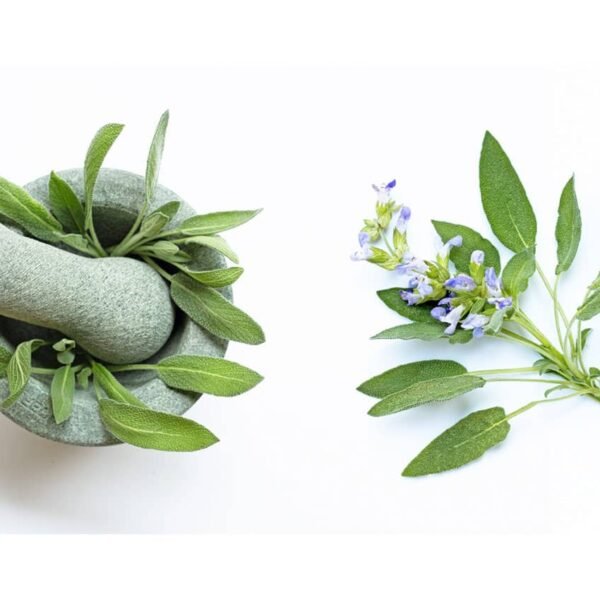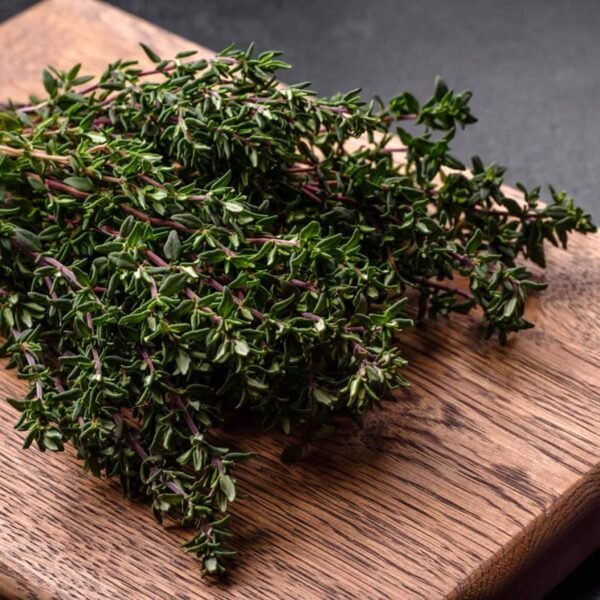Licorice root, also known as Glycyrrhiza glabra, is a popular herb that has been used for centuries due to its unique taste and remarkable health benefits. Derived from the roots of the licorice plant, this herbal remedy offers a myriad of therapeutic properties that make it a valuable addition to natural medicine cabinets. Licorice root contains an active compound called glycyrrhizin, which gives it its characteristic sweet flavor and also contributes to its medicinal effects.
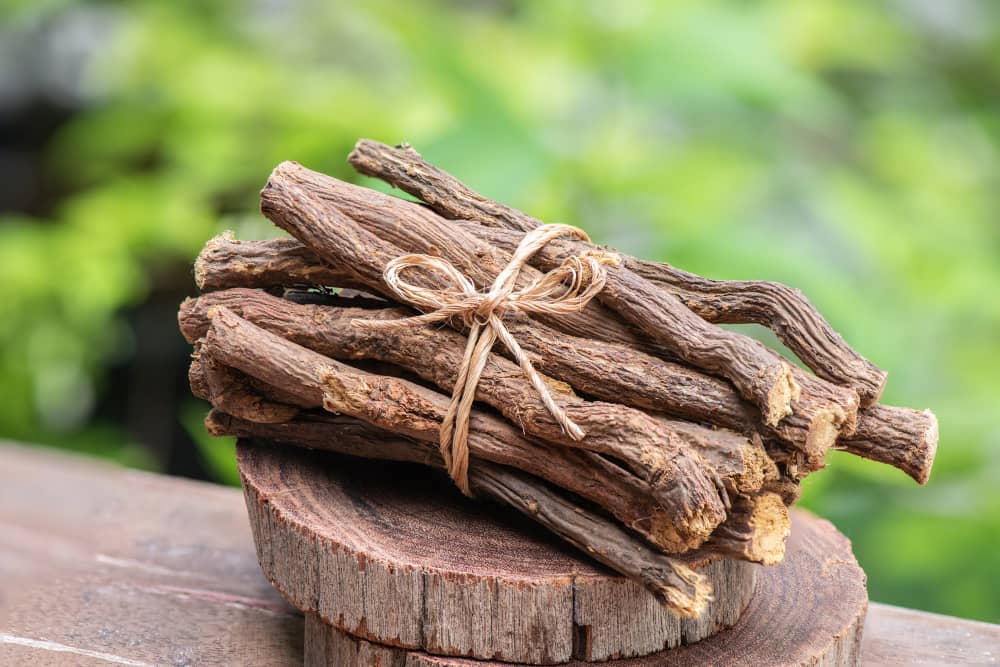
What is Licorice?
Licorice, known for its distinct sweet flavor and medicinal properties, has a long history of use spanning thousands of years. Derived from the root of the Glycyrrhiza glabra plant, licorice is a popular ingredient in various culinary dishes, confectioneries, and traditional herbal remedies across different cultures.
Its unique taste and numerous health benefits have made it a sought-after herb worldwide. This article provides an overview of licorice, exploring its origins, botanical characteristics, and chemical composition, and diverse uses in food, medicine, and beyond.
Whether you are curious about its cultural significance or interested in harnessing its potential health effects, this comprehensive guide will unveil the fascinating world of licorice.
Types of Licorice
Licorice is an herbaceous plant native to Eurasia, commonly known for its sweet and distinct flavor. The roots of the licorice plant have been used for centuries in traditional medicine and as a flavoring agent in various confectioneries and beverages. Licorice roots contain a compound called glycyrrhizin, which gives licorice its characteristic taste.
Several types of licorice roots are cultivated and used for different purposes. First, there is Glycyrrhiza glabra, also known as “European” or “English” licorice. This type has a strong flavor and is often used in candies, herbal teas, and liqueurs. Another popular variety is Glycyrrhiza uralensis or “Chinese” licorice, which is widely used in traditional Chinese medicine due to its potential health benefits.
Apart from these two major types, there are also other species, such as Glycyrrhiza echinata (American licorice) and Glycyrrhiza lepidota (prairie wild licorice). However, they are less commonly cultivated or utilized commercially.
These different types of licorice roots may vary in taste intensity, potency of bioactive compounds like glycyrrhizin or flavonoids, and regional preferences for their use.

Health Benefits of Licorice
Licorice root is a medicinal herb commonly used in traditional Chinese medicine and Ayurveda for its numerous health benefits. One of the key advantages of licorice root is its potent anti-inflammatory properties, which can help reduce inflammation. This makes it particularly beneficial for individuals suffering from arthritis, asthma, and other inflammatory diseases.
Furthermore, licorice root has been found to have positive effects on digestion. It possesses mild laxative properties that can aid in relieving constipation and promoting regular bowel movements. Licorice root also contains compounds that can soothe gastrointestinal issues such as heartburn, stomach ulcers, and acid reflux.
In addition to these benefits, licorice root has been shown to possess potential antiviral properties that may help fight against certain viral infections. It has been traditionally used as a natural remedy for coughs and colds due to its ability to alleviate respiratory symptoms by loosening mucus and acting as an expectorant.
However, it is important to note that excessive consumption of licorice root may have adverse effects on blood pressure levels and should be avoided by pregnant women or individuals with certain medical conditions.
How to Use Licorice
Licorice root, scientifically known as Glycyrrhiza glabra, is a medicinal herb used for thousands of years in traditional medicine. It is native to the Mediterranean region and parts of Asia. Licorice root contains various compounds that give it a unique flavor and potential health benefits.
One way to use licorice root is by brewing it into tea. To make licorice tea, simmer around one teaspoon of dried licorice root in 1 cup of water for about 10 minutes. This tea can be enjoyed hot or cold and may help soothe respiratory issues, support digestion, and relieve sore throat symptoms.
Another popular way to use licorice root is as a supplement or extract. These forms are more concentrated than tea and can be taken orally or applied topically on the skin. Licorice root supplements promote digestive health, boost immunity, reduce inflammation, and support liver function.
When used correctly, licorice root offers versatile applications and potential health benefits. However, it’s important to note that excessive consumption or prolonged use may lead to specific side effects, such as high blood pressure or low potassium levels. Therefore, it’s always advisable to consult with a healthcare professional before incorporating licorice root into your routine.
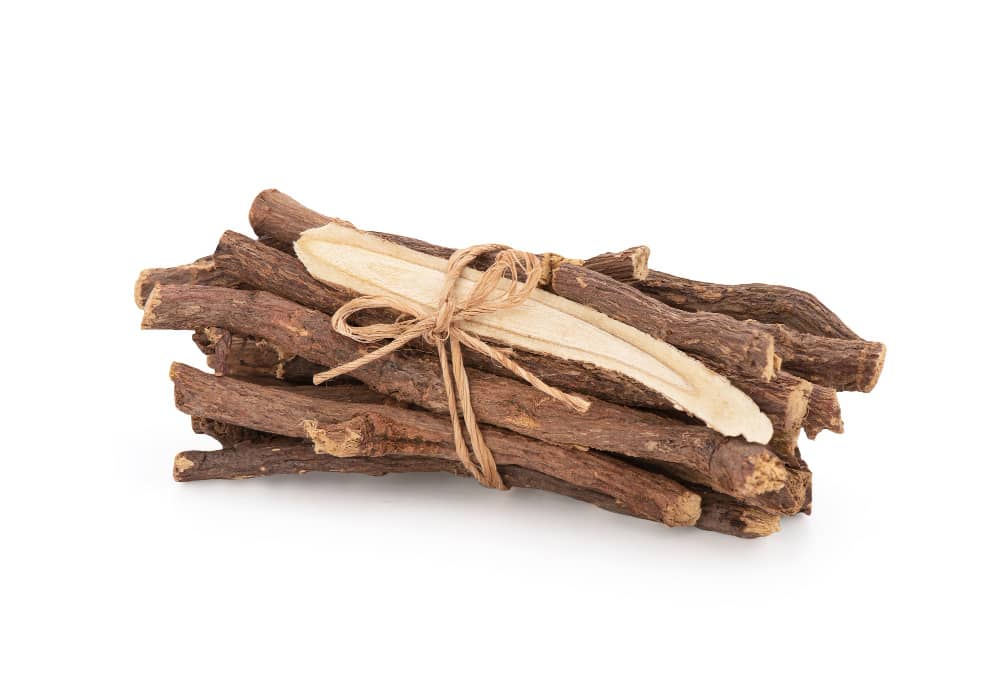
Recipes Using Licorice
Licorice root, also known as Glycyrrhiza glabra, is a powerful herb used for centuries for its medicinal properties and unique flavor. Its sweet taste and distinct aroma make it a popular ingredient in various traditional dishes and beverages worldwide. Licorice root contains several beneficial compounds such as glycyrrhizin, flavonoids, and antioxidants, providing numerous health benefits.
There are plenty of options to explore when it comes to recipes using licorice root. One popular choice is licorice tea, which steeps dried licorice root in hot water. This soothing herbal tea offers a delightful taste, helps digestion, reduces inflammation, and relieves respiratory problems.
Another interesting recipe is licorice-infused honey. Combining licorice root with warm honey and allowing it to infuse for several weeks can create a deliciously sweet honey with an added hint of licorice flavor. This infused honey can be drizzled over desserts like ice cream or used as a natural sweetener in teas and other beverages. It enhances the taste of your dishes and offers potential health benefits associated with licorice root consumption.
Interesting Facts About Licorice
Licorice root, also known as Glycyrrhiza glabra, is a popular medicinal herb used for centuries in traditional medicine. It is native to parts of Europe and Asia and is well-known for its distinct sweet flavor. Licorice root contains a compound called glycyrrhizin, which gives it its characteristic taste and also provides numerous health benefits.
One interesting fact about licorice root is its use as a natural remedy for digestive issues. It has been found to possess anti-inflammatory properties that can help soothe stomach ulcers and reduce indigestion. Also, licorice root may be a mild laxative, promoting regular bowel movements.
Another fascinating aspect of licorice root is its potential role in combating respiratory infections. Its antiviral and antimicrobial properties make it effective against pathogens that cause common colds, coughs, and sore throats. Licorice root’s soothing effect on the throat can relieve cough symptoms while helping fight off the underlying infection.
In conclusion, licorice root offers a delightful taste and various health benefits. From aiding digestion to fighting respiratory infections, this natural herb continues to be valued in traditional medicine practices worldwide.
Side Effects of Licorice
Licorice root is a popular herbal remedy used for centuries due to its potential health benefits. However, it is important to be aware of the possible side effects associated with licorice root consumption.
One potential side effect is increased blood pressure levels, as licorice contains a compound called glycyrrhizin that can cause the body to retain sodium and water. This can be particularly concerning for individuals with high blood pressure or taking medications to control their blood pressure levels.
Another possible side effect of licorice root consumption is an increased risk of developing hypokalemia, which refers to low potassium levels in the body. This occurs because glycyrrhizin inhibits an enzyme responsible for maintaining potassium balance.
Hypokalemia can lead to symptoms such as muscle weakness, fatigue, and irregular heart rhythms. It is especially important for individuals with pre-existing kidney problems or those taking medications that affect potassium levels to exercise caution when consuming licorice root.
In conclusion, while licorice root has numerous potential health benefits, it should not be overlooked that some side effects are also associated with its consumption. These include increased blood pressure levels and an increased risk of hypokalemia due to the presence of glycyrrhizin in licorice root.

